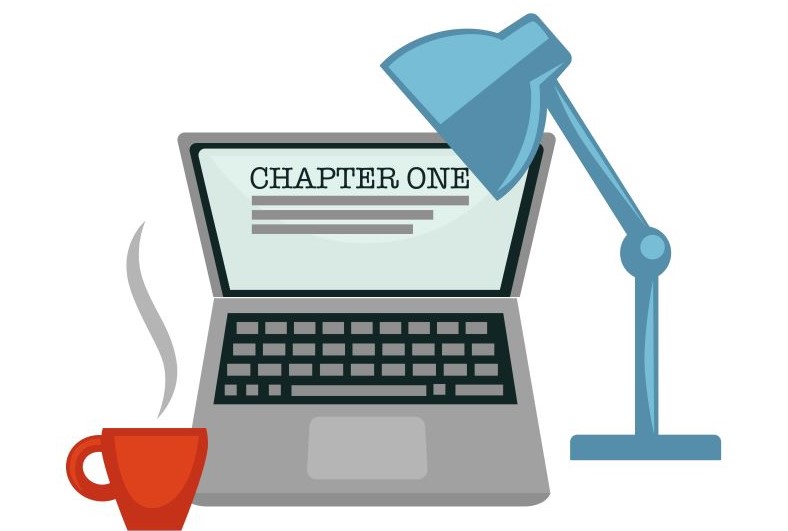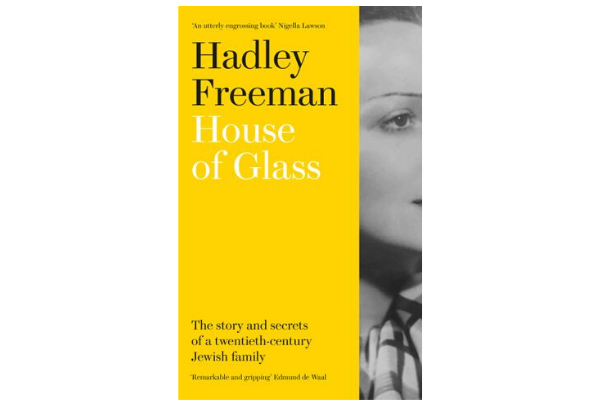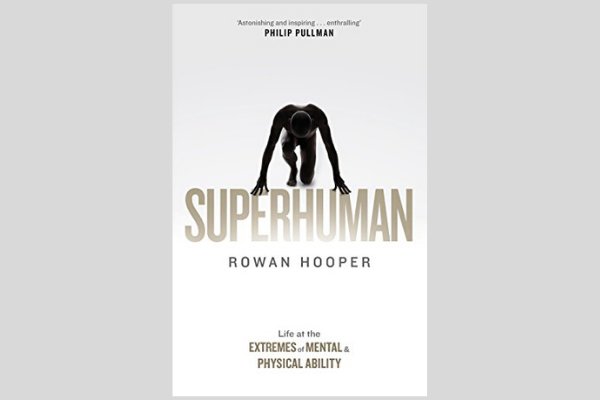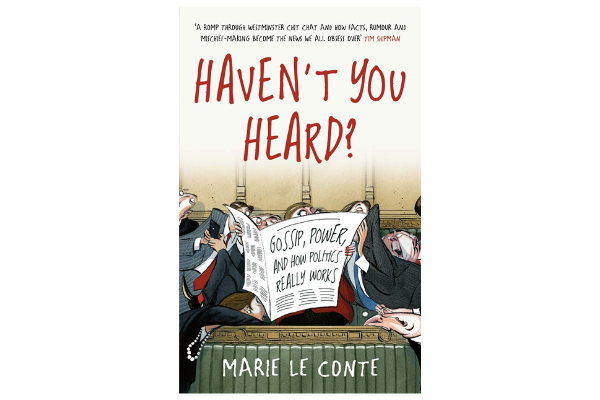Blog / Experts / Guest blog / How to...
10 steps to get your book out of your head and onto the shelf

Guest post by Sophy Dale of Fully Booked
Over the last year we’ve been speaking to journalists about the books they’ve written, and asking each of them for their tips for fellow journalists. In these especially challenging times while so many in the journalist community are forced to pause, take stock and make the most of difficult situations, the chances are many more are thinking about how they can diversify their writing and storytelling skills.
When we spotted Bookfest, a free online festival for those of us who may have a book in us, we invited organiser Sophy Dale to share a few tips in advance. Sophy has had an extensive career in publishing, working with authors including Margaret Atwood, Ian Rankin, Irvine Welsh and Ali Smith, and now works as an editor, writer, mentor and publisher. Here are 10 tips from Sophy on moving from idly musing “I could do that” through to being able to add “author” to your Twitter bio…
1. Do you really want to write a book?
As a book coach, I tell people that writing a book grows your business or career and increases your impact. In our society, being an author still positions you as an expert (there’s a reason that the root of ‘authority’ is ‘author’). But, writing a book is hard work and it’s a long game – it pays off over months and years, not days or weeks. You need to really consider whether you couldn’t achieve the impact you want via, say, creating a podcast or going all out to grow your platform on social media.
2. Is your idea strong enough?
If you decide that you DO want to write a book, is your idea is strong enough? Is there a market for it? Will it stand out from other titles on a similar topic? Also, is this an idea you’re really passionate about? Will you still feel enthusiastic about it after you’ve spent a year researching and writing just on this one topic? And will you STILL feel enthusiastic about talking about it a year later to promote the book? And if you’re running a business, does this idea tie in with the direction you want your business to move in over the next two or three years? Is this topic what you want to be known for?
3. Do you want to self-publish or go down the agent/traditional publishing route?
This isn’t always easy to answer. There are advantages of speed of publishing and control (both creative and financial) in self-publishing – and if you already have an engaged audience, it can be well worth it. If you’re writing a book to build your business, its main value to you may be as a lead magnet for new clients or referrals, to unlock speaking opportunities, or you might use it primarily to demonstrate your expertise when you’re pitching for podcast interviews or PR opportunities. In all these cases, a high quality self-published book may do everything you need, and you don’t have to wait for months to find the right literary agent and then wait for another year for a traditional publisher to put it through their production schedule. However, there is still a cachet to having a traditional publisher, and if you have good connections, you may be able to find a literary agent relatively easily.
4. Create an outline
For non-fiction, you need to write an outline – you need to know at the outset not just the topic you’re covering, but how you’re going to break that down, chapter by chapter, so that the book has a clear narrative arc and is an engaging read. It can be extremely helpful to bring in a second pair of eyes here – it’s easy to get overwhelmed with all the things you COULD write about.
5. Write your book proposal
A proposal is a document that’s required for traditional publishing, but I recommend creating it even if you’re planning to self-publish. The heart of the proposal is your outline and chapter-by-chapter summary, but it also includes sample chapters; your author bio; the ‘elevator pitch’ for the book; an analysis of where your book sits in the market (how it compares to other similar titles); a description of the target readership of the book; a description of your own audience and likely reach; PR and media links and plans; possible endorsers of your book, etc.
If you’re going with traditional publishing, you can research literary agents and start submitting your proposal to them now. If you’re self-publishing, you’re ready to dig in and start writing your book.
6. Start building a community around your book
Don’t just focus on writing – this is the ideal time to let your audience know that you’re starting to write the book, to involve them in the process as much as possible. You’re building an engaged potential readership for the book, which will be invaluable later.
7. Write!
But you still need to turn your outline into the first draft of your book. Hold onto the concept of the ‘shitty first draft’ – you can’t edit a blank page, but if you can produce a first draft for each chapter, you’ve got something you can work with.
8. It’s a marathon, not a sprint
You
may start writing in a burst of enthusiasm, but you need to be able to maintain
momentum, not just through an entire first draft, but then through subsequent
rewrites. You need to build in (and protect) regular writing slots in your
schedule and you need to do everything you can to create support,
accountability and opportunities for informed editorial feedback. Mentoring
really helps here.
9. Edit
Revise, edit, rewrite. If possible, bring in a professional at this point, to give you expert feedback.
10. Press Go!
Once you have a polished draft, that’s as good as you and an editor or book coach can make it, it will either go off to your traditional publisher, or you can start working with a team (a proof-reader, a cover designer, etc) to self-publish it.
Sophy Dale is launching Bookfest, a free online event for would-be authors – or those who’ve “started writing and ground to a halt” – on 13 April. She’ll be interviewing authors who’ve gone through traditional and self-publishing routes as well as publishing, PR and marketing experts, and creating a community with the aim of breaking down myths around writing and publishing and offering practical advice on how to get started with writing your own book. Alongside Bookfest Sophy has just launched a Facebook group for would-be writers and she also offers coaching, mentoring and writing consultancy services (www.fullybookedpress.com/our-services). To sign up for Bookfest free of charge, go to www.fullybookedpress.com/bookfest




